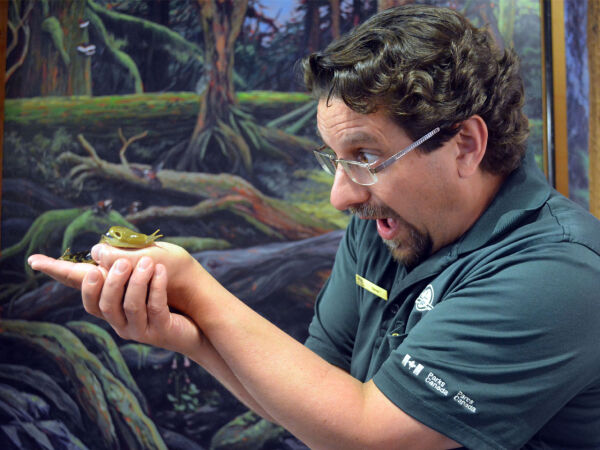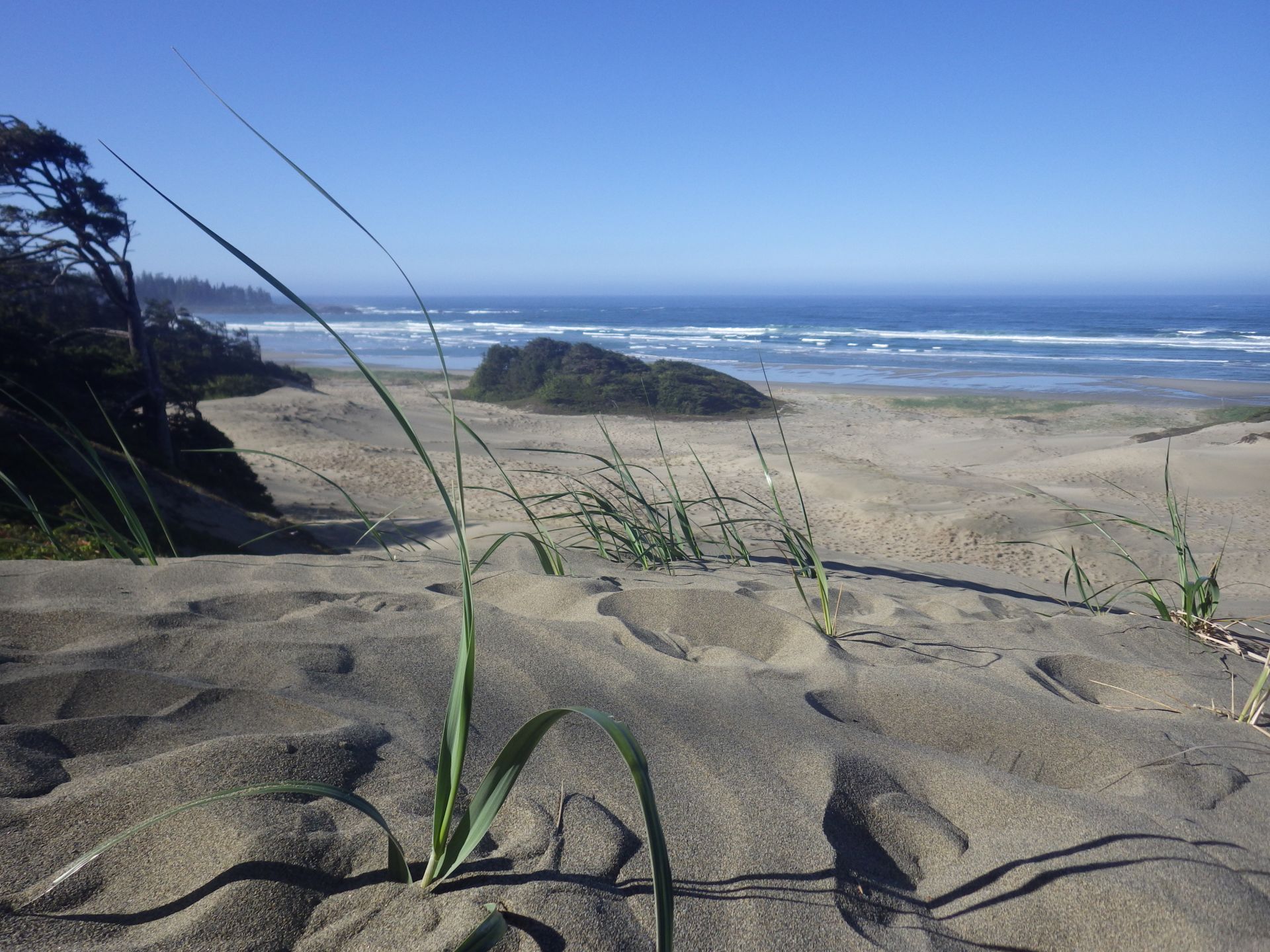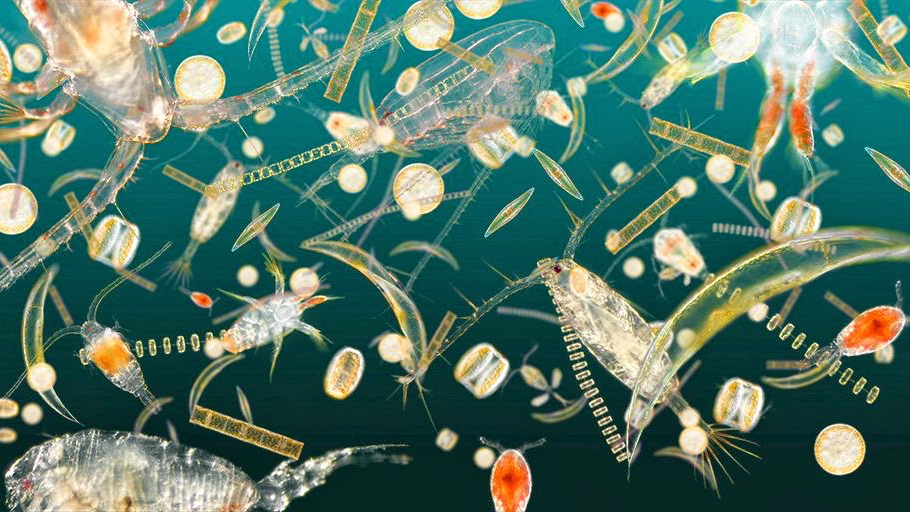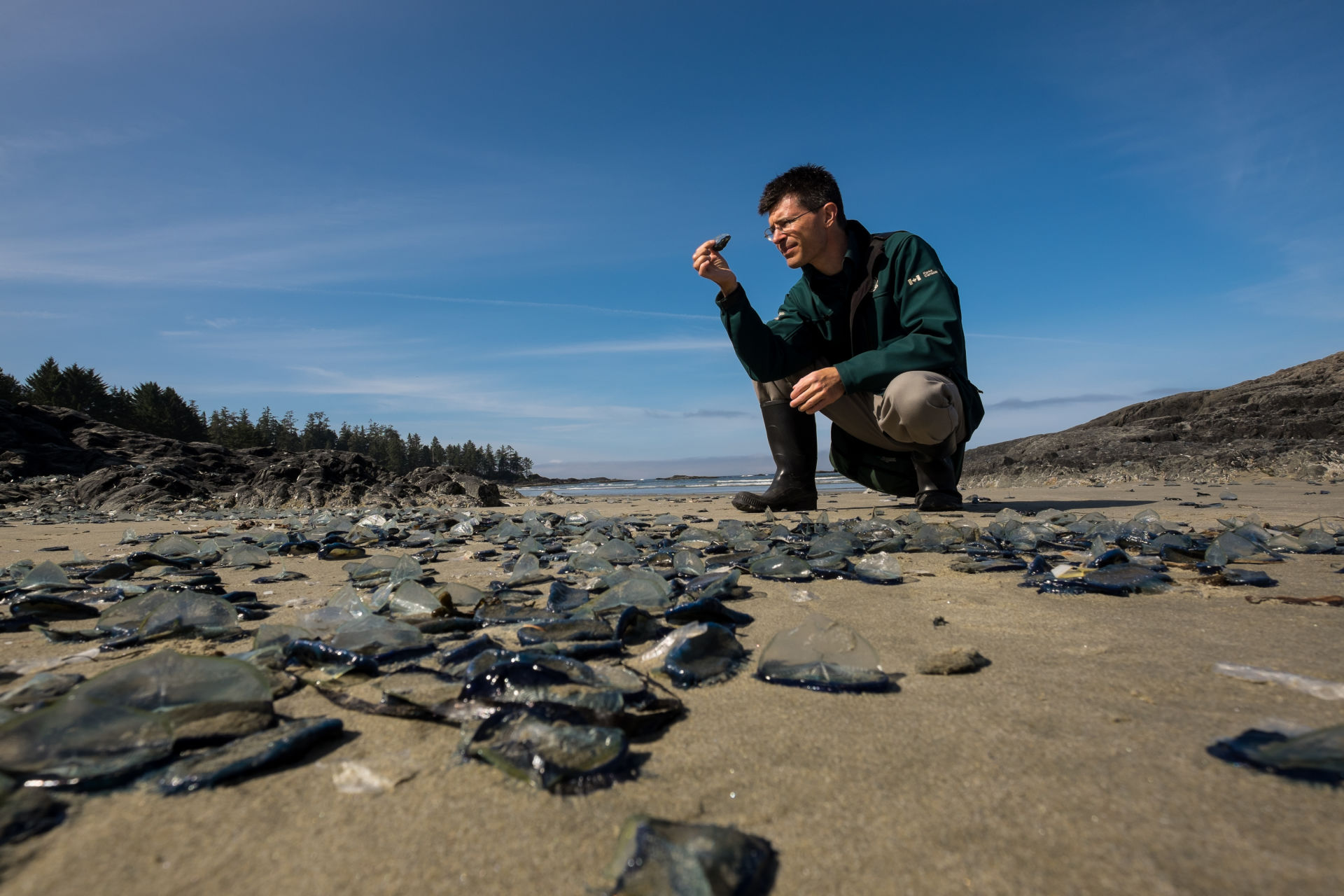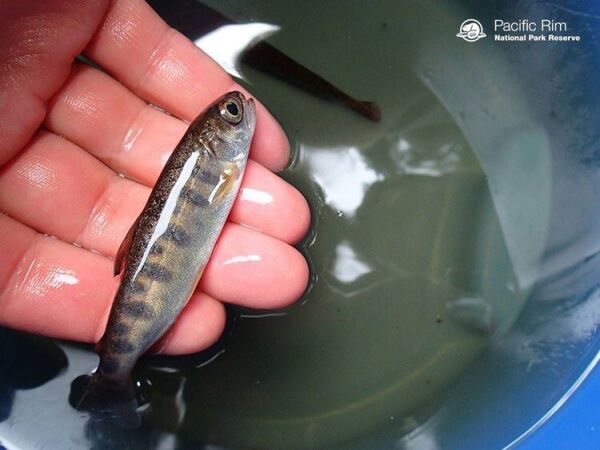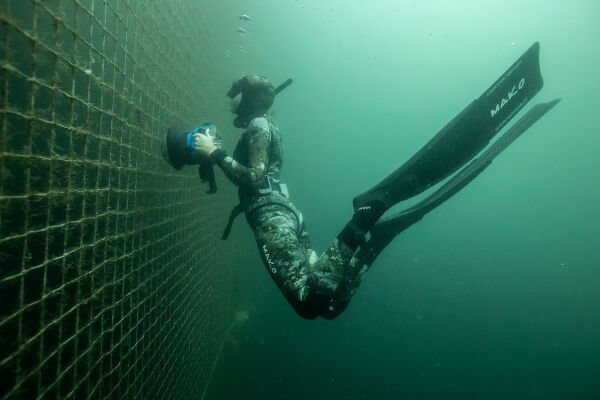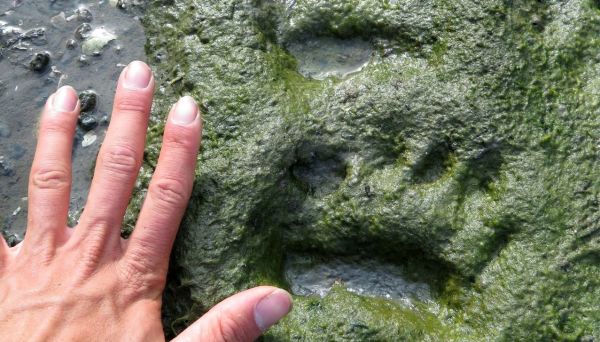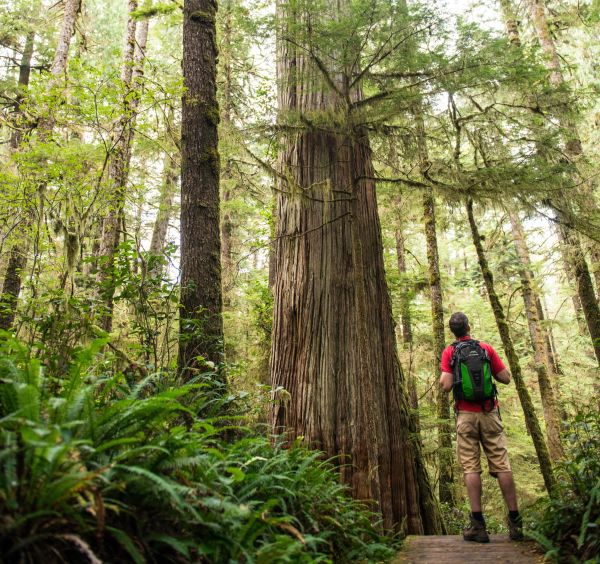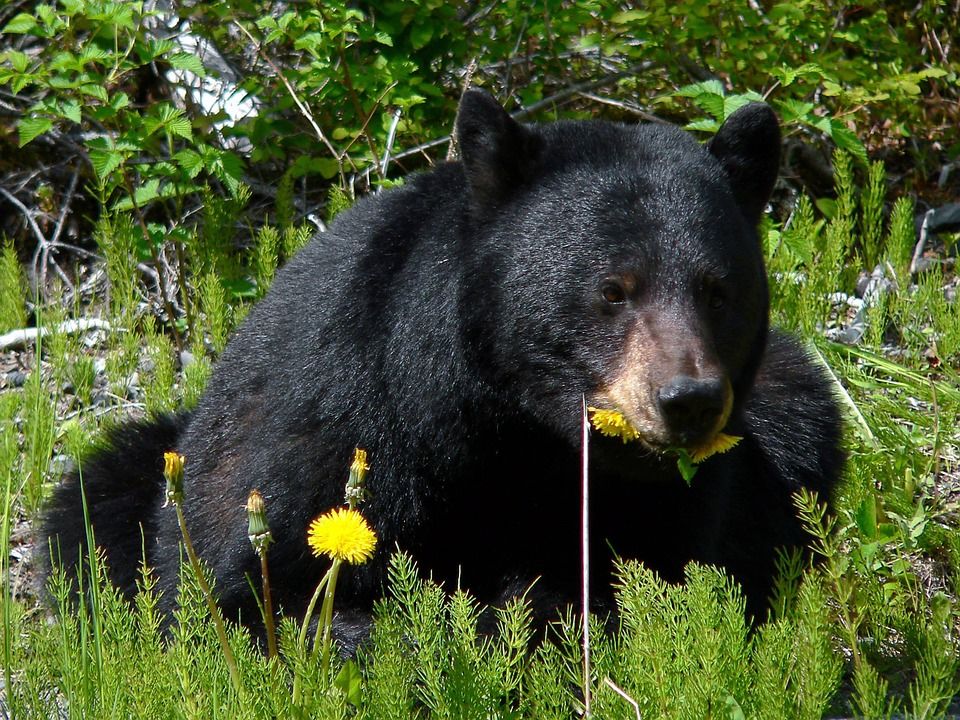
Join the Raincoast Education Society for their FREE 2024 Speaker Series: Strange Creatures! Learn about Giant Salamanders.
Little Known Giant: The life history of the world’s largest amphibians
The giant salamanders in the Family Cryptobranchidae represent the largest amphibians in the world. Five giant salamander species are currently recognized, all of which are of conservation concern. Over the past decade, I have studied the Japanese giant salamander (Andrias japonicus) and the eastern hellbender (Cryptobranchus a. alleganiensis). In this talk, I will introduce my work on parental care, male-male combat, and conservation issues of the Japanese giant salamander.
The giant salamanders are top predators and thus ecologically important. They are also invaluable to our scholarly field because of their unique life history. Parental care, in particular male parental care, is rare among amphibians. In the giant salamanders, males provide prolonged parental care for embryos and larvae. The giant salamanders are fully aquatic and prey on small invertebrates and vertebrates through suction feeding. However, the giant salamanders have numerous sharp teeth, unlike aquatic, suction-feeding frogs with missing teeth. Our recent study on salamanders’ injuries revealed the intense male-male combats, suggesting the significant function of teeth as weapons.
My true passion is to use scientific data to promote the conservation of these charismatic and ecologically important species. I will end the talk with the conservation issues surrounding the species, including the construction of concrete banks and dams, the hybridization between the Japanese and Chinese giant salamanders, and climate change.
About our spearker: Dr. Mizuki Takahashi is an associate professor of biology and animal behavior at Bucknell University, Pennsylvania, USA. He was born in Hokkaido and grew up in Tokyo, Japan. As a child, Mizuki enjoyed his freedom and spent after-school hours chasing after small animals in the nearby forest while his parents worked as school teachers. His parents bought him a children’s picture book about giant salamanders, which instilled a strong interest in the species in his mind. He majored in forestry as an undergrad and a master’s student in Japan.
He came to the US in his late 20s with little English. Since then, he has studied ecology, evolution, and conservation of amphibians (along with American culture and English!). His current research focuses on the interspecific competition of local amphibians such as spotted salamanders (Ambystoma maculatum) and wood frogs (Lithobates sylvaticus) and the conservation ecology of the giant salamanders, the hellbenders and the Japanese giant salamander.
He is a co-editor of the international peer-reviewed journal Herpetological Conservation & Biology and co-charing the journal’s DEI committee. In 2022, he published a book, “Is Mass Extinction Going to Happen Again?” targeting teenagers and the lay audience in Japan (see the book cover on the right). He loves the outdoors: hiking, camping, fishing, mushrooming, and trail running.
More info on his lab website.
Register through the Raincoast Education Society's website to receive your Zoom link for this FREE event.
Photo Credit: Raincoast Education Society

